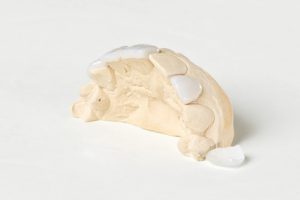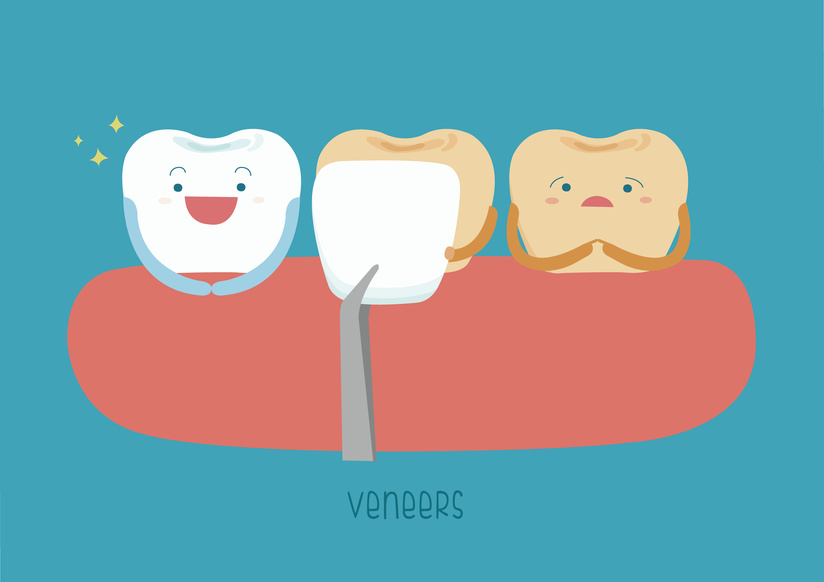Putting Your Best Face Forward with Veneers
In the search for a perfect smile, our patients often ask Dr. Chirillo about the possibility of veneers. While applying veneers is a popular procedure, it's also an irreversible one, so it's important to have a discussion with a dentist to determine if veneers are right for you. Curious about how they work? Here's an introduction:
 Sometimes called “laminates,” veneers are thin shells made from either porcelain ceramic or a resin composite, which are bonded to the front of the teeth. More often than not, they become more like three-quarter crowns that overlap the reverse side of the teeth to be completely successful. The advantage of porcelain, which is more expensive than composite resin, is that it's stain-resistant and does a better job of mimicking the natural color of teeth. Composite resin, on the other hand, is a thinner material made of milled porcelain embedded in a resin matrix, which requires less of the tooth's surface to be removed before the veneers are set.
Sometimes called “laminates,” veneers are thin shells made from either porcelain ceramic or a resin composite, which are bonded to the front of the teeth. More often than not, they become more like three-quarter crowns that overlap the reverse side of the teeth to be completely successful. The advantage of porcelain, which is more expensive than composite resin, is that it's stain-resistant and does a better job of mimicking the natural color of teeth. Composite resin, on the other hand, is a thinner material made of milled porcelain embedded in a resin matrix, which requires less of the tooth's surface to be removed before the veneers are set.
Often the ideal choice for masking discolorations or restoring teeth that have been worn down, chipped, or broken, veneers can do a lot to completely reinvent a smile. Veneers can enhance teeth that are misaligned, uneven, or irregularly shaped. They are also used to close gaps between teeth for a fuller smile.
Generally, the procedure requires three steps. The first is communicating to your dentist what you're hoping to achieve. That way your dentist can ensure that veneers are your best option. The underlying color of the tooth plays a big role in determining your veneers' aesthetic, and color matching is a dental art unto itself.
For veneers to be long-lasting, bite and function considerations are paramount; without taking these considerations, veneers can get dislodged. Before you get them, you'll want to discuss your favorite foods with your dentist, as well as oral parafunctional habits, which you may not be aware you have. Chewing pencils, ice, or other objects is highly discouraged. If veneers crack or chip, they cannot be easily repaired and often must be replaced.
The second step involves removing a minimum of half a millimeter of enamel from the surface of the affected teeth to make room for the veneers. Often, a local anesthetic is applied to numb the area. Your dentist will then make an impression of your teeth and send them to the lab to custom-design your veneers.
When your veneers come back from the lab within two weeks, your dentist will temporarily place them on your teeth so you can see what they look like, ensuring the fit and color have your complete approval. If needed, the dentist may trim the veneers or touch up the color. Next, your teeth will be cleaned, polished, and etched in preparation for the bonding process, in which a special cement is applied and the veneers are placed on the teeth. The final step involves removing any excess cement and double-checking the placement.
After the procedure, a follow-up appointment with your dentist will give you the opportunity to raise questions or concerns about your new veneers -- or, if you're like our patients, to share all the compliments you're getting on your revitalized smile!
If you'd like to explore the option of veneers, contact us today for a consultation.




